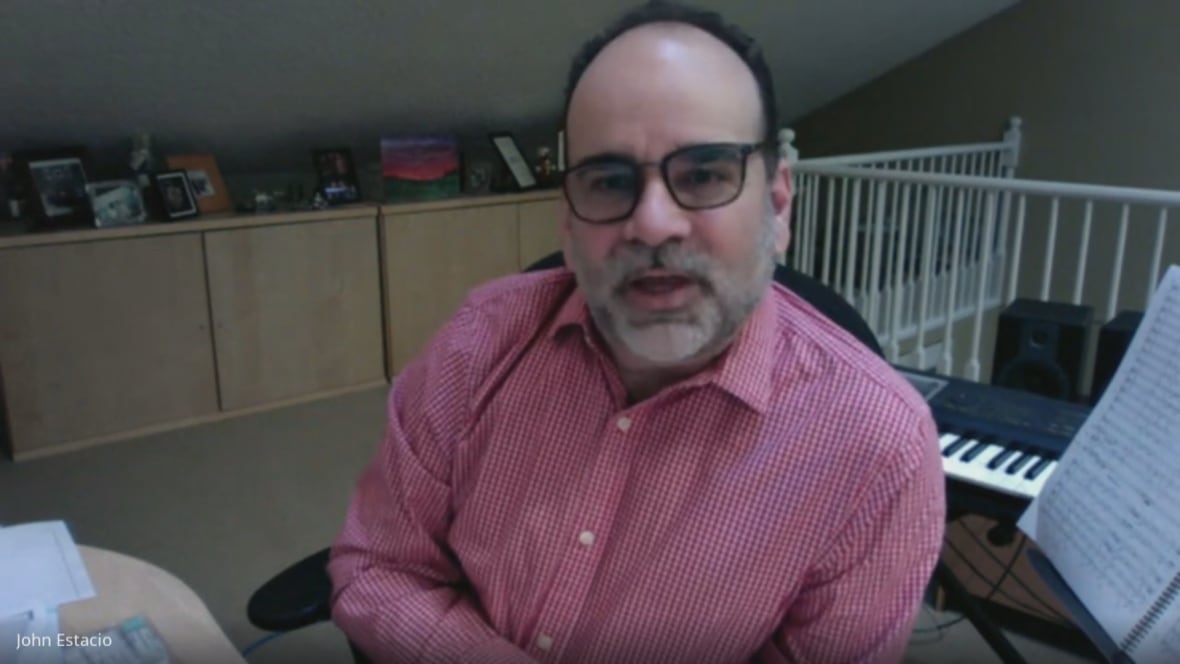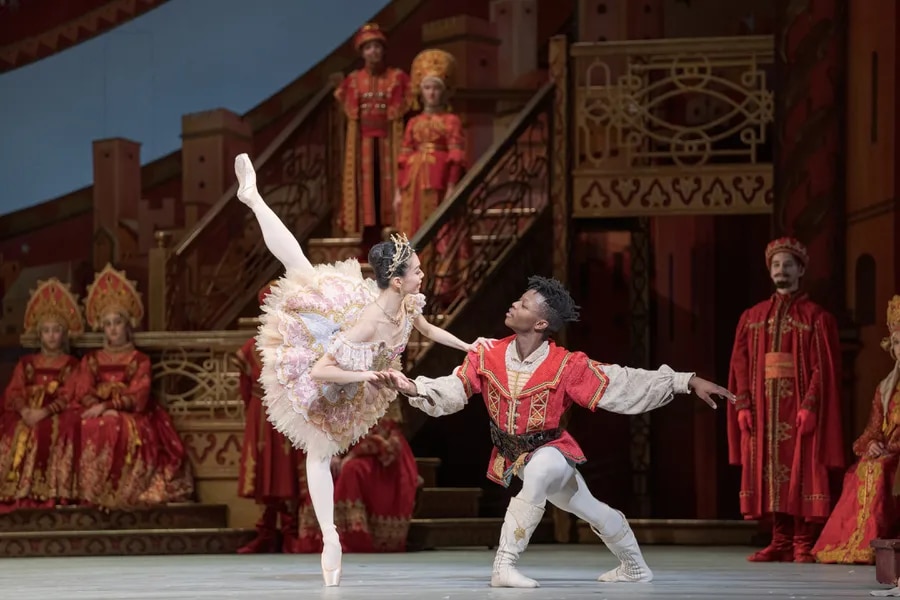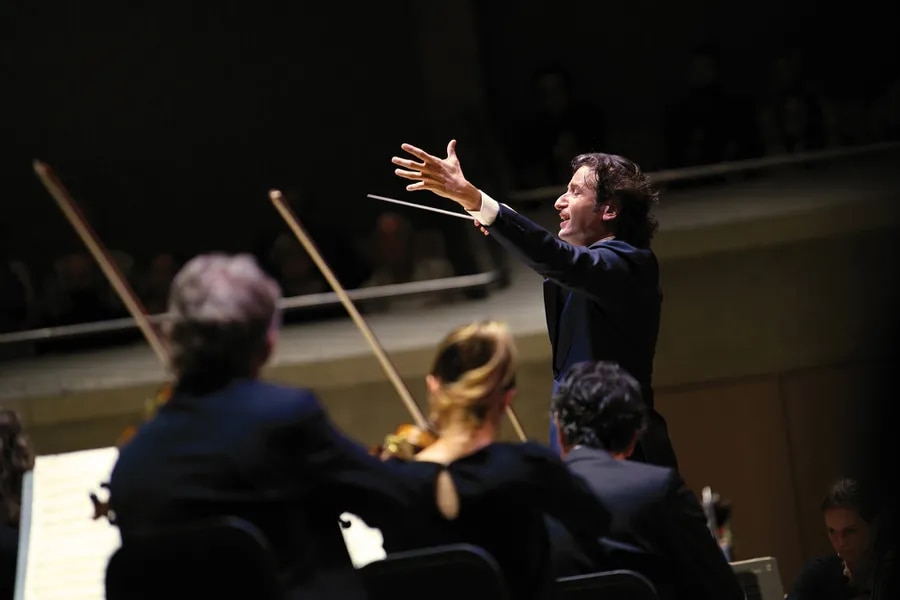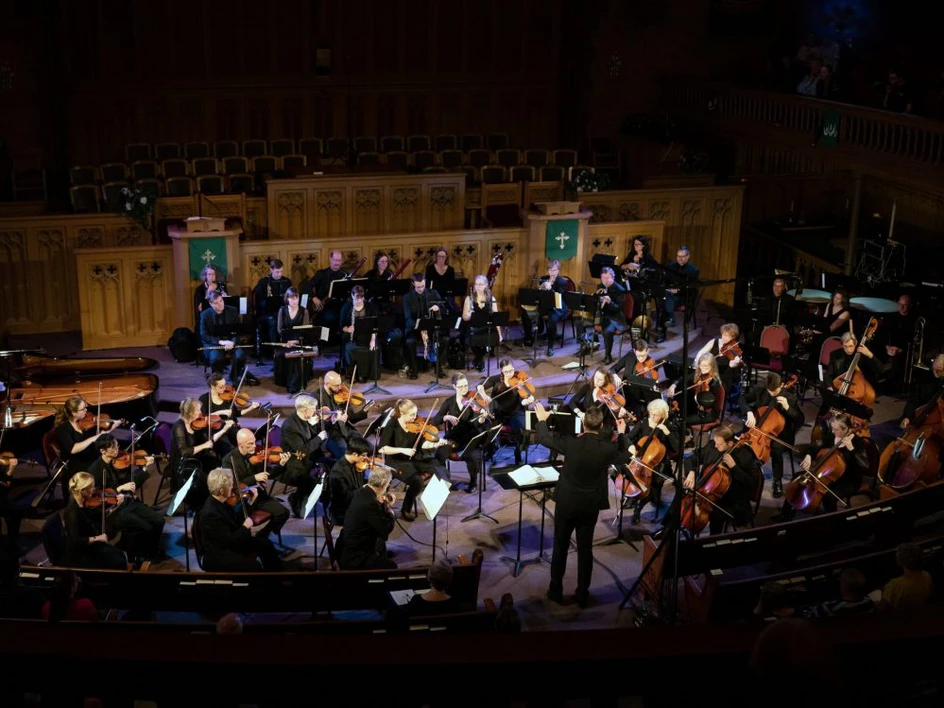- Details
- Category: News
San Antonio Symphony declares bankruptcy and dissolves
The San Antonio Symphony will dissolve after a labour dispute canceled much of the 2021-22 season, the NY Times reports. San Antonio, with a population of 1.5 million, will be the largest US city without a professional symphony orchestra.
San Antonio Report also covered the bankruptcy and dissolution.
Musicians and the board of directors issued statements on their respective websites.
Earlier this month, musicians independently presented a series of three concerts, Texas Public Radio reported.
- Details
- Category: News
The latest coverage of orchestras, people, and trends in the arts. Here are stories we're following.
Performances, tours and venues
The London Symphonia’s home venue, Metropolitan United Church, will receive $300K in federal funding for renovations, the Free Press reported. Separately, Free Press columnist Jane Sims celebrated the resilience and pluck of the orchestra, dubbing it the Little Orchestra That Could. (photo: London Symphonia)
The National Arts Centre Orchestra earned rave reviews for a concert last month at Carnegie Hall, titled Truth In Our Time, the Ottawa Citizen reported.
The Boston Symphony canceled an European tour in May due to pandemic concerns, the New York Times reported. The Metropolitan Opera Orchestra also recently canceled a tour of Japan and South Korea planned for June.
BBC News reported that an orchestra of Ukrainian refugees, the Ukrainian Freedom Orchestra, will be part of the 2022 BBC Proms line-up, appearing on July 31st.
The Regina Symphony presented its annual Forward Currents Festival this past weekend, dedicated this year to celebrating queer artists, the Leader-Post reported.
And CBC News reported on a collaboration between the Montreal Symphony and Montreal Planetarium, designed for our very youngest audience members: babies.
- Details
- Category: News
The latest coverage of orchestras, people, and trends in the arts. Here are stories we're following.
Artists and institutions respond to war in Ukraine
Classical music institutions worldwide are expressing support for the Ukrainian people, including the National Arts Centre in Ottawa (photo: Handout) wrapping its glass tower in blue and yellow, the Globe and Mail reports. For Dutch-Canadian conductor Arthur Arnold, the decision to resign as music director of the Moscow Symphony Orchestra felt fraught but inevitable.
- Details
- Category: News
February 22, 2022: The latest coverage of orchestras, people, and trends in the arts. Here are stories we're following. (Photo credit: Barbara Hannigan, taken by Marco Borggreve)
Business: Digital music, dismal returns
A report from UNESCO confirmed that digital distribution models are failing to adequately pay artists, continuing trends from before the pandemic, the Globe and Mail reports.
As the recent Joe Rogan controversy focuses attention on Spotify, New Yorker classical music critic Alex Ross describes the economic impacts and injustices of Spotify and other streaming services’ artist fee models, which have received comparatively little attention.
And as venues reopen in Quebec and across Canada, many expect a long recovery for live performing arts venues, the Globe and Mail reports.
- Details
- Category: News
 The latest coverage of orchestras, people, and trends in the arts. Here are stories we're following. (Newly hired Toronto Symphony CEO Mark Williams, photo Russell Lee/TSO)
The latest coverage of orchestras, people, and trends in the arts. Here are stories we're following. (Newly hired Toronto Symphony CEO Mark Williams, photo Russell Lee/TSO)
Arts and pandemic coverage
Protests in Ottawa extended into a fifth day, disrupting many businesses and causing concern about when and how the demonstrations will end, CBC News reports.
Organizers of Quebec City’s Winter Carnival, scheduled to open this Friday, are also voicing concerns, as protesters plan demonstrations there beginning Thursday, CBC News reports.
While Ontario has lifted some restrictions, concert presenters still face complications and uncertainties, the Globe and Mail reports. While cinemas, casinos, and restaurants are returning to full capacity later this month, the province will maintain a 50% capacity limit on live arts events through at least mid-March.
Globe and Mail journalist Kate Taylor also reported on the current arts climate: Omicron decimated Canada’s performing arts centres, but lifting restrictions gives cause for optimism.
The Globe and Mail’s daily news podcast, The Decibel, featured an interview with Taylor about the pandemic’s devastating impact on the arts, lingering uncertainties, and the prospect for a comeback. The audio story is available through various podcast apps, and at the Globe and Mail website.
- Details
- Category: News
 Read on for coverage of labour disputes in San Antonio and Springfield; a wave of Omicron cancellations; opinions and people in the news, including composer and Order of Canada recipient John Estacio. (Photo: CBC News)
Read on for coverage of labour disputes in San Antonio and Springfield; a wave of Omicron cancellations; opinions and people in the news, including composer and Order of Canada recipient John Estacio. (Photo: CBC News)
Labour news
The New York Times reported on the pandemic struggles of orchestras with ‘underlying conditions’, focusing on the San Antonio Symphony and Springfield (Massachusetts) Symphony Orchestra, both of which remain in contentious labour disputes.
As the San Antonio Symphony strike continues, some musicians have found work or relocated to other cities, according to San Antonio News Report. For those with deeper roots in San Antonio, the decision to leave is more fraught.
- Details
- Category: News

Orchestras and Issues in the News
Both Ontario and Quebec are re-imposing capacity limits, gathering restrictions, and considering further “circuit breaker” measures in response to the spiking Omicron variant, the Globe and Mail reports. Arts leaders in Ontario are urging policy makers to maintain capacity levels and restrict food and drink sales, the Toronto Star reports.
- Details
- Category: News
Read on for coverage of returns to live performance, news about notable conductors, updates from the San Antonio Symphony strike, and more. (Photo: TSO music director Gustavo Gimeno, Ont. Arts & Culture Report)
 Returns to the stage
Returns to the stage
A live Roy Thomson Hall audience greeted the Toronto Symphony last week with a welcoming standing ovation, reports the Toronto Star. Critic Michael Crabb reviewed season-opening performances by the TSO as well as the National Ballet of Canada.
The Globe and Mail posted a feature by Ontario Arts & Culture Report, interviewing several arts leaders about their experience of the lockdown and how they felt returning to live events, including new TSO music director Gustavo Gimeno and Shaw Festival director Kate Hennig.
Several orchestras in Quebec have faced venue difficulties and public reluctance, Le Devoir reports (in French). The Montreal Symphony canceled repeat performances of three upcoming concerts in response to lagging ticket sales. The OSQ, OM, and Les Violons du Ruy are experimenting with holiday promotions, amid concerns that many audience members are waiting to buy tickets at the last minute.
New Yorker critic Alex Ross reviewed the Metropolitan Opera's new production of Terence Blanchard’s Fire Shut Up In My Bones, a revival of Mussourgsky’s Boris Godunov, and a “wild ovation” for the return of the Met Orchestra, chorus, stage hands, and other employees after an extended furlough.
The Calgary Philharmonic announced its concert schedule for the winter season after a successful return to live performances in the fall, the Calgary Herald reported.
- Details
- Category: News
- Details
- Category: News
 an ongoing pandemic. Here are stories we're following...
an ongoing pandemic. Here are stories we're following... Federal election platforms
The Canadian Arts Coalition compiled arts and culture platforms from five parties, together with a CPAC debate on challenges facing the cultural sector. The debate is viewable in the original French, and in English translation.
Leadership changes
The Toronto Symphony announced that CEO Matthew Loden will resign as of Sept. 22, Ludwig Van reports. Loden joined the TSO in 2018, and will return to Texas as Dean of the Shepherd School at Rice University.
The Calgary Philharmonic appointed Marc Stevens as President and CEO, the Calgary Herald reported. Stevens most recently served as General Manager of the National Arts Centre Orchestra.
The Montreal Gazette reported that the Orchestre Symphonique de Montreal's new music director, Rafael Payare, tested positive for COVID-19 in mid-August, as did his wife, cellist Alisa Weilerstein. Both were vaccinated and had minimal symptoms.
Page 2 of 4



